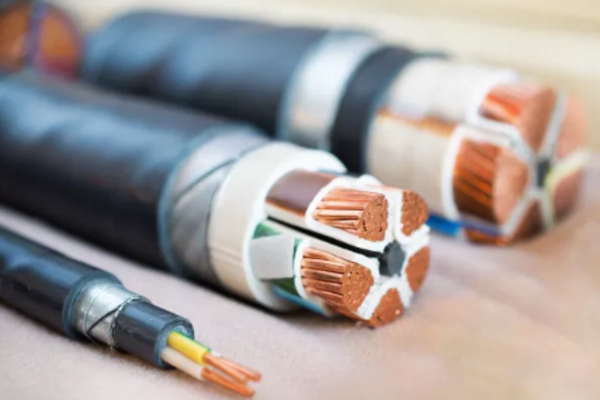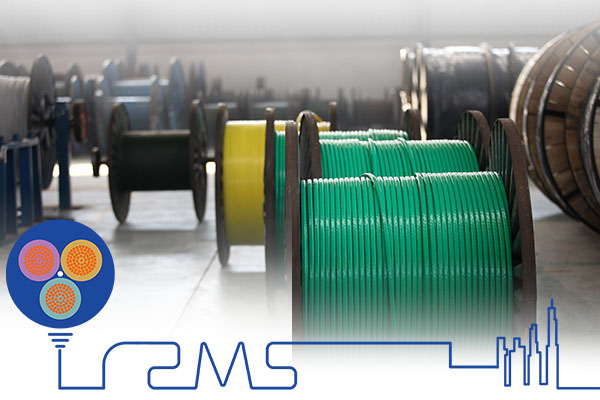DC and AC cable is an essential part of any electrical system, providing the means for transmitting electrical energy from one point to another. In this article, we will explore the differences between DC and AC cables, their properties, and their applications.

Difference between DC Cable and AC Cable
DC, or direct current, is a type of electrical current that flows in one direction only. It is the type of current commonly used in batteries and solar panels. DC cables are designed to transmit DC electrical energy from one point to another, typically from a power source to a load.
AC, or alternating current, is a type of electrical current that periodically changes direction. It is the type of current commonly used in the electrical grid and most household and industrial electrical systems. AC cables are designed to transmit AC electrical energy from one point to another, typically from a power source to a load.
One of the key differences between DC and AC cables is their conductivity. DC cables are generally more conductive than AC cables because DC electrical energy is transmitted more efficiently through a conductor than AC electrical energy. This means that DC cables are typically smaller and lighter than AC cables of the same wattage rating.
Another Difference between DC and AC Cables is Their Flexibility.
DC cables are generally more flexible than AC cables, due to their smaller size and lighter weight. This makes them easier to work with and install in tight spaces. In contrast, AC cables are typically stiffer and less flexible, which can make them more difficult to install in certain applications.
DC cables are also generally more resistant to voltage drop than AC cables. Voltage drop is the loss of electrical energy that occurs as electrical energy is transmitted through a conductor. DC cables are less susceptible to voltage drop because DC electrical energy is transmitted more efficiently through a conductor than AC electrical energy.
In terms of applications, DC cables are commonly used in renewable energy systems, such as solar photovoltaic panels and wind turbines. They are also used in electric vehicles, portable electronics, and other applications where DC electrical energy is generated or used.
On the other hand, AC cables are commonly used in the electrical grid, in household and industrial electrical systems, and in other applications where AC electrical energy is generated or used. They are also used in some renewable energy systems, such as hydroelectric power plants, electric industrial valves, and certain types of wind turbines.
DC and AC Cables are Constructed Differently
DC Cable Structure
The DC cables are generally composed of several parts such as a conductor, insulation layer, insulation shield, metal sheath, and outer sheath. Among them, the conductor is responsible for the transmission of electrical energy, insulation, and insulation shielding layer is to protect the conductor and prevent the leakage of the electric field part of the metal sheath is to protect the mechanical properties of the entire cable and electromagnetic properties, the outer jacket is to enhance the cable’s heat-resistant, cold-resistant and fire-resistant.
AC Cable Structure
AC cables are generally composed of several parts, such as a conductor, insulation layer, insulation shield, metal sheath, and outer sheath. Among them, the conductor and the same DC cable, insulation, insulation shielding, metal sheath, and outer sheath of the difference between the insulation layer, insulation shielding layer using “crosslinked polyethylene” material, metal sheath is usually used in aluminum foil or copper tape.
Characteristics of DC and AC Cables
DC Cable Characteristics
DC cables have higher withstand voltage, better energy efficiency, stronger fast response, and less electromagnetic interference than AC cables, but are deficient in long-distance transmission and equipment complexity.
AC Cable Characteristics
AC cables have better adaptability, a wider range of applications, and lower manufacturing and operating costs than DC cables, but their electromagnetic performance is not as stable as that of DC cables in high-voltage, high-frequency, and high-temperature environments.
Summary
Overall, DC and AC cables are both essential components of any electrical system, providing the means for transmitting electrical energy from one point to another. While they have some differences, such as their conductivity, flexibility, and resistance to voltage drop, they are both designed to serve the same basic purpose.

